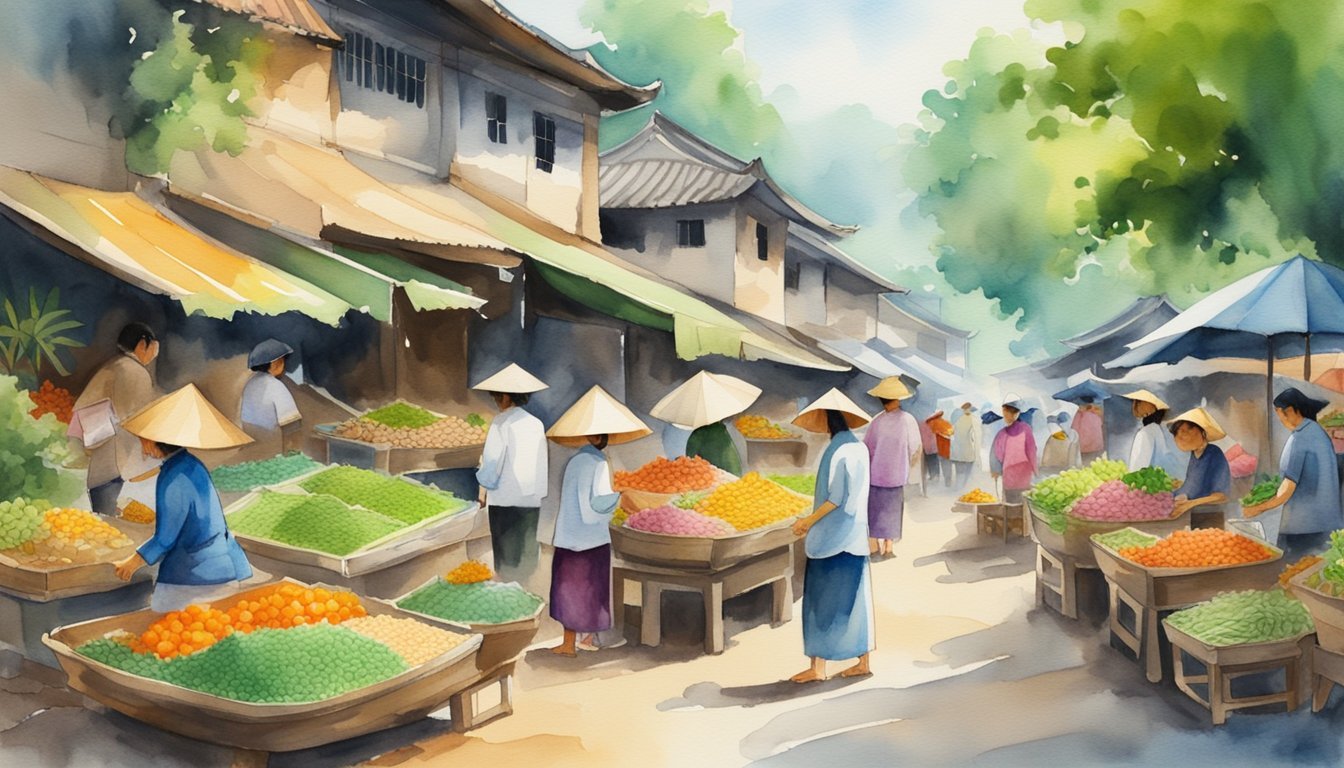Introduction to Vietnam
Geographical Essence
Vietnam is a country located at the eastern edge of mainland Southeast Asia. It shares land borders with China to the north, Laos and Cambodia to the west, and has a coastline along the South China Sea and the Gulf of Tonkin. The country’s diverse landscape includes the Red River delta in the north, Central Highlands, and the Mekong delta in the south. Vietnam also features a long coastline stretching over 2,016 miles, including the Gulf of Thailand which further adds to its unique geographical essence.
Historical Milestones
Throughout its history, Vietnam has encountered numerous challenges and milestones. Tribal Viets, who inhabited the Red River delta, entered written history when China’s southward expansion reached them in the 3rd century BCE. Interaction with the Chinese continued throughout much of Vietnam’s history, and the dominance of Chinese culture is evident even today.
Vietnam was under Han Chinese rule until the 10th century when the Ly Dynasty established the first independent Vietnamese state, known as Dai Viet, and placed their capital at Thang Long (Hanoi). Later, during World War II, Vietnam was occupied by French and Japanese forces. After the war ended, the country was divided into North and South Vietnam, leading to a turbulent period that culminated in the Vietnam War. Reunification occurred in 1975, and the Socialist Republic of Vietnam was established in 1976.
Political Framework
Today, Vietnam is a socialist state governed by the Communist Party of Vietnam. The government includes a president, chosen by the National Assembly, who acts as the head of state and commander of the armed forces. The appointed prime minister manages the operations of the government.
Since the economic reforms of the late 1980s, Vietnam has moved from a centrally planned economy to a socialist-oriented market economy. The country’s main exports include crude oil, seafood, rice, shoes, wooden products, machinery, electronics, coffee, and clothing. As a result, Vietnam has experienced rapid economic growth in recent decades, becoming one of the fastest-growing economies in Southeast Asia.
What Unique Aspects of Vietnam Can Be Compared to Mississippi?
Vietnam’s rich tapestry of culture, delicious cuisine, and breathtaking landscapes offer a unique perspective when compared to Mississippi’s fascinating top highlights. Both regions celebrate vibrant traditions and a deep connection to their rivers, showcasing lively festivals that highlight their heritage and a shared spirit of community through incredible music and art.
Vietnamese Culture and Economy

Culinary Traditions
Vietnamese cuisine is known for its balance of flavors and emphasis on fresh ingredients. The national dish, pho, is a fragrant soup made from rice noodles, flavorful broth, and various protein options like beef or chicken. Rice is a staple in Vietnamese meals and is incorporated in several dishes. Additionally, due to its coastline and abundant rivers, fish and seafood are essential parts of the culinary landscape.
Coffee is another popular product in Vietnam. The country is the second-largest coffee exporter in the world, with unique brewing methods and variations such as egg coffee and coconut coffee.
Commercial Activities
In recent years, Vietnam’s economy has experienced significant growth, with its GDP increasing annually by at least 5% since 2010. The primary sectors of the economy are agriculture, manufacturing, and services. Major exports include clothing, shoes, crude oil, and rice, while imports consist of leather, textiles, machinery, electronics, plastics, and automobiles.
Tourism is also a significant contributor to the country’s economy, with people from all over the world visiting to explore Vietnam’s rich cultural heritage, ancient temples, and beautiful natural landscapes.
Cultural Diversity and Religion
Vietnam is a linguistically and ethnically diverse country, with over 54 ethnic groups residing within its borders. The majority population is the Kinh (Viet) group, followed by various ethnic minorities such as the Tay, Thai, and Hmong. Vietnamese is the official language, while English is increasingly popular among the youth.
Religion plays a vital role in the lives of Vietnamese people, with a rich tapestry of faiths and beliefs coexisting. The predominant religion is Buddhism, with other widespread beliefs including Confucianism and traditional folk religion.
Historically, Vietnam has been ruled by various dynasties, such as the Dai Viet and the Nguyen Dynasty. The last emperor of the Nguyen Dynasty, Bao Dai, abdicated in 1945. Today, Vietnam is governed by the Communist Party of Vietnam, with Hanoi as the capital.

